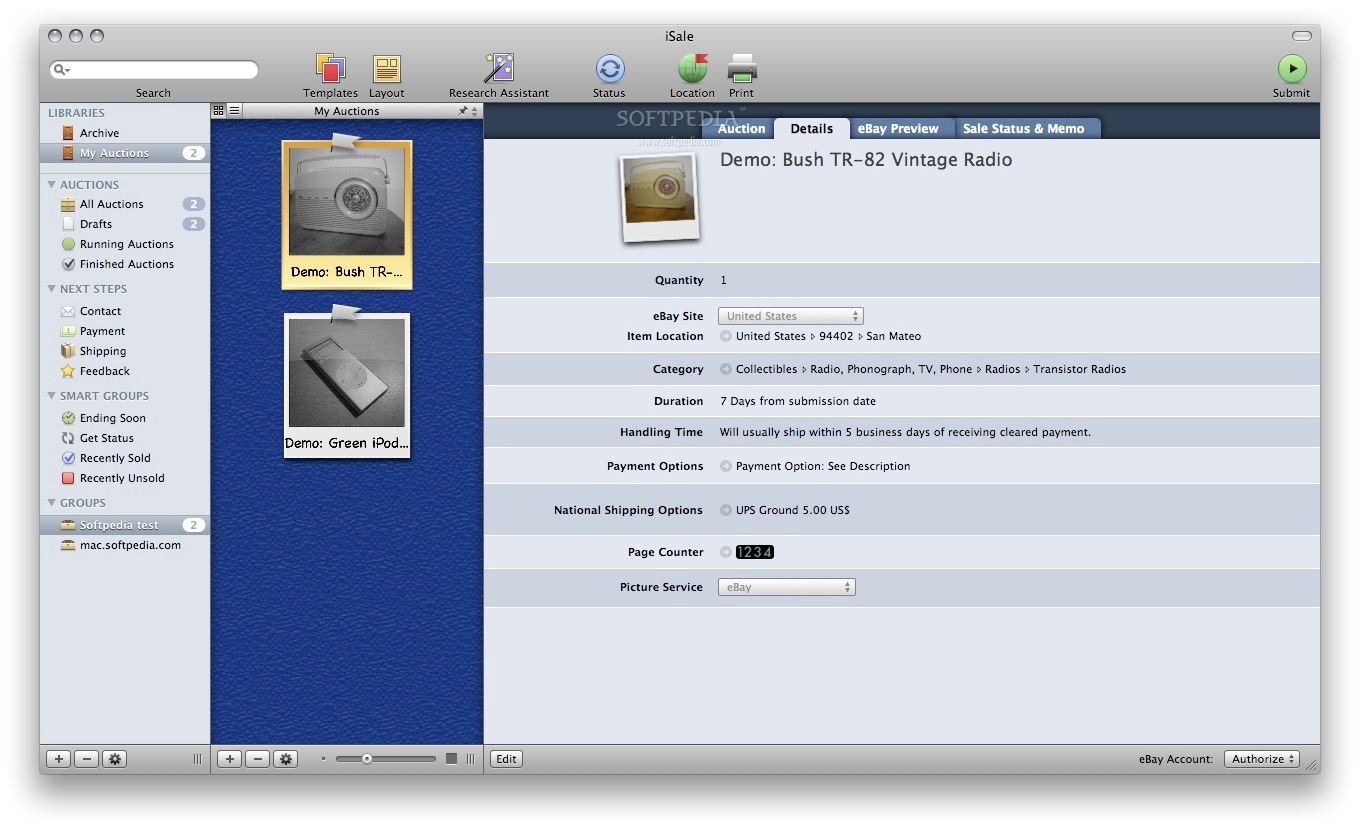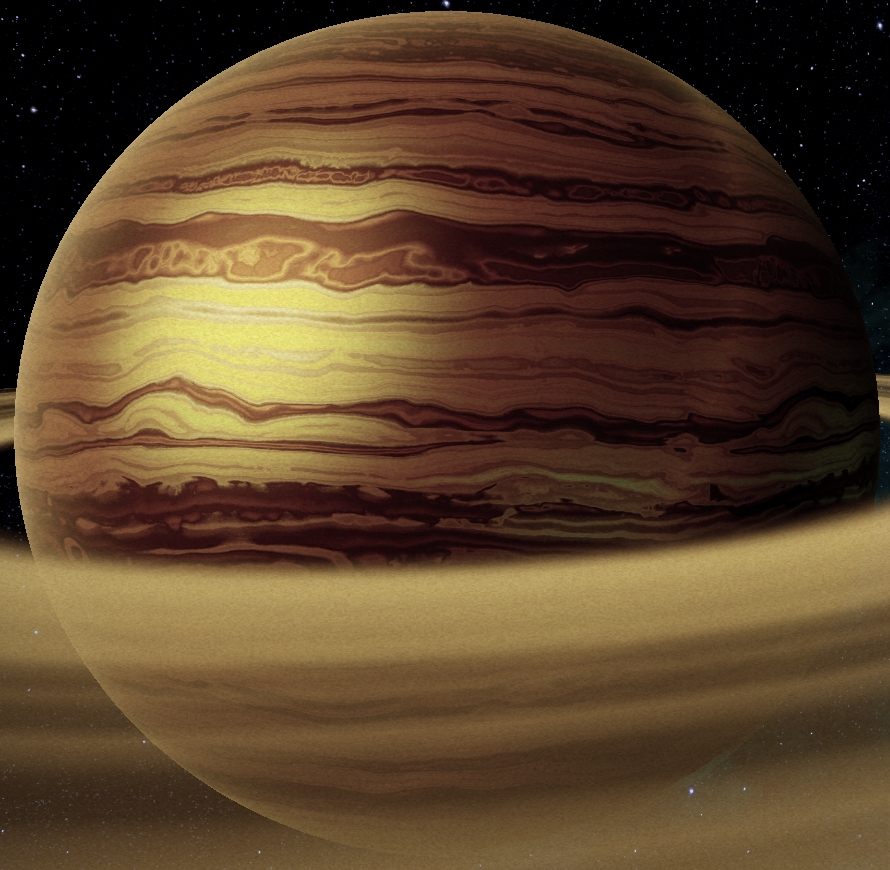

Sark is probably first mentioned in the Antonine Itinerary ( Itinerarium Antonini Augusti, part II : itinerarium maritimum) 3rd – 4th century AD together with the other main Channel Islands as Sarnia, Caesarea, Barsa, Silia and Andium, but it is unclear to which it refers. The candidates endorsed by their various business interests on the island failed to win any seats in the elections held in 20. The brothers contested Sark's control over the island. Since 1993, Brecqhou has been owned by David and Frederick Barclay, the brothers and co-owners of The Daily Telegraph until David Barclay's death in 2021. It is a private island, but it has recently been opened to some visitors. Sark also exercises jurisdiction over the island of Brecqhou, only a few hundred feet west of Greater Sark. This geological setting would have been analogous to the modern-day subduction zone of the Pacific Ocean plate colliding and subducting beneath the North and South American continental plate. The quartz diorite sheets were intruded during this Cadomian deformation and metamorphic event.Īll the Sark rocks (and those of the nearby Channel Islands of Guernsey and Alderney) formed during geological activity in the continental crust above an ancient subduction zone. Recent (1990–2000) geological studies and rock age-dating by geologists from Oxford Brookes University shows that the gneisses probably formed around 620–600 million years ago during the Late Pre-Cambrian Age Cadomian Orogeny. Sark is made up mainly of amphibolite and granite gneiss rocks, intruded by igneous magma sheets called quartz diorite. The whole island is extensively penetrated at sea level by natural cave formations that provide unique habitats for many marine creatures, notably sea anemones, some of which are only safely accessible at low tide. Off the south end of Little Sark are the Venus Pool and the Adonis Pool, both natural swimming pools whose waters are refreshed at high tide.

At Port Gorey, the ruins of silver mines may be seen.

Little Sark had a number of mines accessing a source of galena. The location is also the highest point in the Bailiwick of Guernsey. This high point is named Le Moulin, after the windmill. A windmill, dated 1571, is found there, the sails of which were removed during World War II.
ISALE TRADITIONALLY LIGHT OR DARK CODE
The code is now developed and maintained by research groups at the Museum für Naturkunde, Berlin and Imperial College London.The highest point on Sark is 374 feet (114 m) above sea level. ISALE includes extensions, corrections and enhancements to the original SALE code made by several workers since the early 1990s. The porous-compaction model has been extensively validated against laboratory experiments and used to show, for the first time in numerical simulations, the important effect of friction and porosity on crater growth in granular materials. ISALE includes constitutive and porous-compaction models specifically developed for impact simulations. ISALE is a well-established, world-class tool for studying impacts, which has been used in pioneering studies of the formation of large impact craters on the Earth and the influence of target property variations on crater formation, the influence of a water layer on crater formation, as well as investigating the mobility of large rock avalanches.

ISALE (impact-SALE) is a multi-material, multi-rheology shock physics code based on the SALE hydrocode (Simplified Arbitrary Lagrangian Eulerian).


 0 kommentar(er)
0 kommentar(er)
